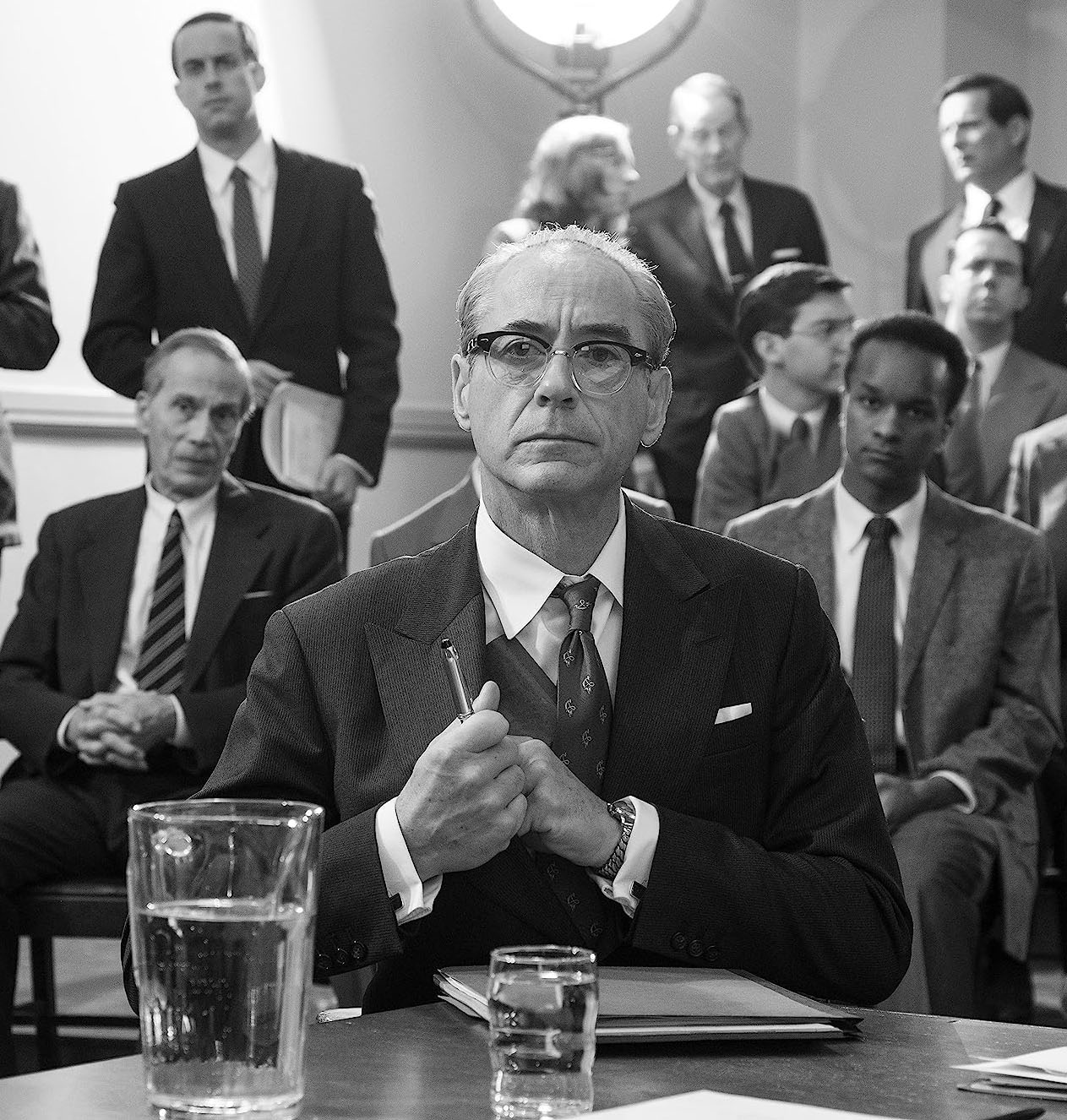Christopher Nolan’s “Oppenheimer” is an engrossing cinematic exploration into the life and mind of J. Robert Oppenheimer, the man who came to be known as the father of the atomic bomb.
This masterpiece goes beyond the monumental scientific breakthrough of creating the atomic bomb and dives into the profound societal and psychological ramifications set off by such colossal power falling into human hands.
Nolan’s ambitious venture doesn’t aim to impress with the minutiae of high-concept science, but focuses instead on a far deeper realm – the enigmatic inner universe of Oppenheimer himself.

Cillian Murphy as Oppenheimer delivers a riveting performance, embodying the man’s curiosity and ambition, his charming flippancy, and the conflicts that arise in him. Nolan doesn’t shy away from showing how once a man’s genius is exploited to its full extent, it can then serve as a weapon for those seeking to pull him down.
The film brilliantly weaves three parallel narratives: Oppenheimer’s transformative journey from a promising physicist to the renowned figure spearheading the Manhattan Project; his grueling scrutiny by an aggressive panel questioning his loyalty due to his past Communist affiliations; and his trial at a Senate hearing, the motives of which are driven by the ambitions of the Atomic Energy Commission’s head, astoundingly portrayed by Robert Downey Jr.

Yet, “Oppenheimer” isn’t a film locked in the past. It echoes with chilling relevance to our times, mirroring the paranoia of the post-World War II era when America saw enemies in every corner.
It poses piercing questions about the nature of individual loyalty, the boundaries of national security, and the personal sacrifices demanded by a nation. In a world that still lives under the specter of nuclear threats, Oppenheimer’s realization of humanity’s relentless inclination for weaponization is strikingly prophetic.

Nolan also uses “Oppenheimer” as a vessel to explore Oppenheimer’s personal struggles. In a world torn between political ideologies, he is forced to thread the needle, carefully avoiding showing overt sympathy for his fellow Jews or Communists amidst the rise of Hitler.
His journey is marked by love and loss, by aspirations and triumphs, and by the growing pressure of working in a field that is increasingly crowded as the nuclear arms race gains momentum.
The film casts the Los Alamos lab as an Old West town – a fresh battleground where conflicts are not settled with guns, but with heated debates over the morality of creating a bomb with unimaginable destructive power.

As Oppenheimer moves ever closer to the epicenter of the project, he brushes away his moral qualms, even when faced with the stark reality that they intend to bomb an entire town in Japan merely to set an example.
Was Oppenheimer’s later resistance to the hydrogen bomb and his consistent appeals to end the arms race a means to soothe his guilt? Perhaps. It’s clear though that the question gnaws at his conscience, eating him from within – a torment that Murphy exquisitely portrays on screen.
This film is largely a tour de force for Murphy, who is ably supported by a constellation of talented actors. Among these, Florence Pugh stands out in her brief yet impactful role. The climax of the film is a haunting portrayal of the nuclear test in New Mexico.
As flames and smoke billow, shock waves hit, and the unthinkable power of the atom is harnessed, Oppenheimer/Murphy utters, “Now I am Death, the Destroyer of Worlds.” In that moment, viewers can palpably sense the awe-inspiring power mankind had unleashed and feel the profound dichotomy of the divine’s presence and absence.

